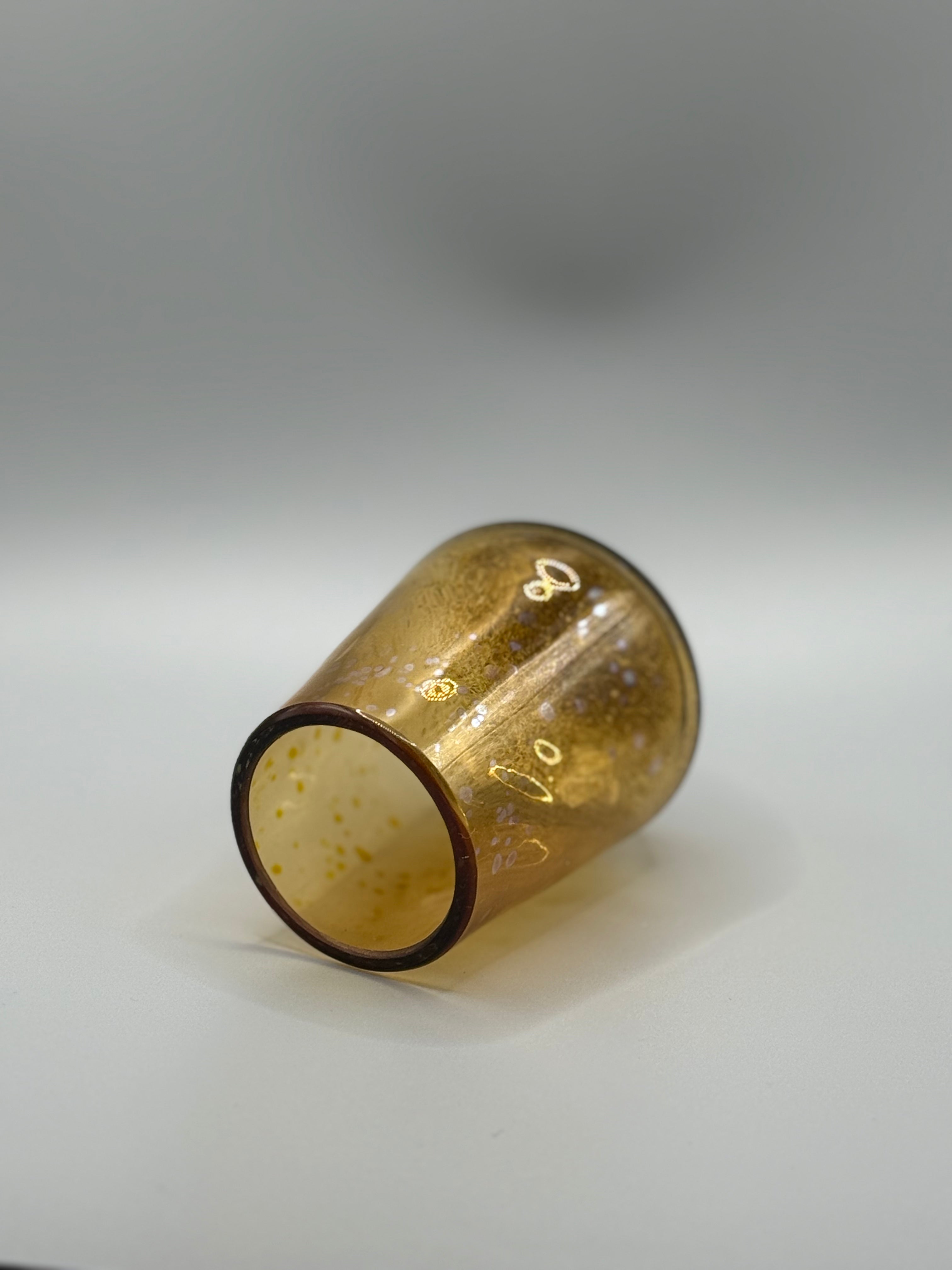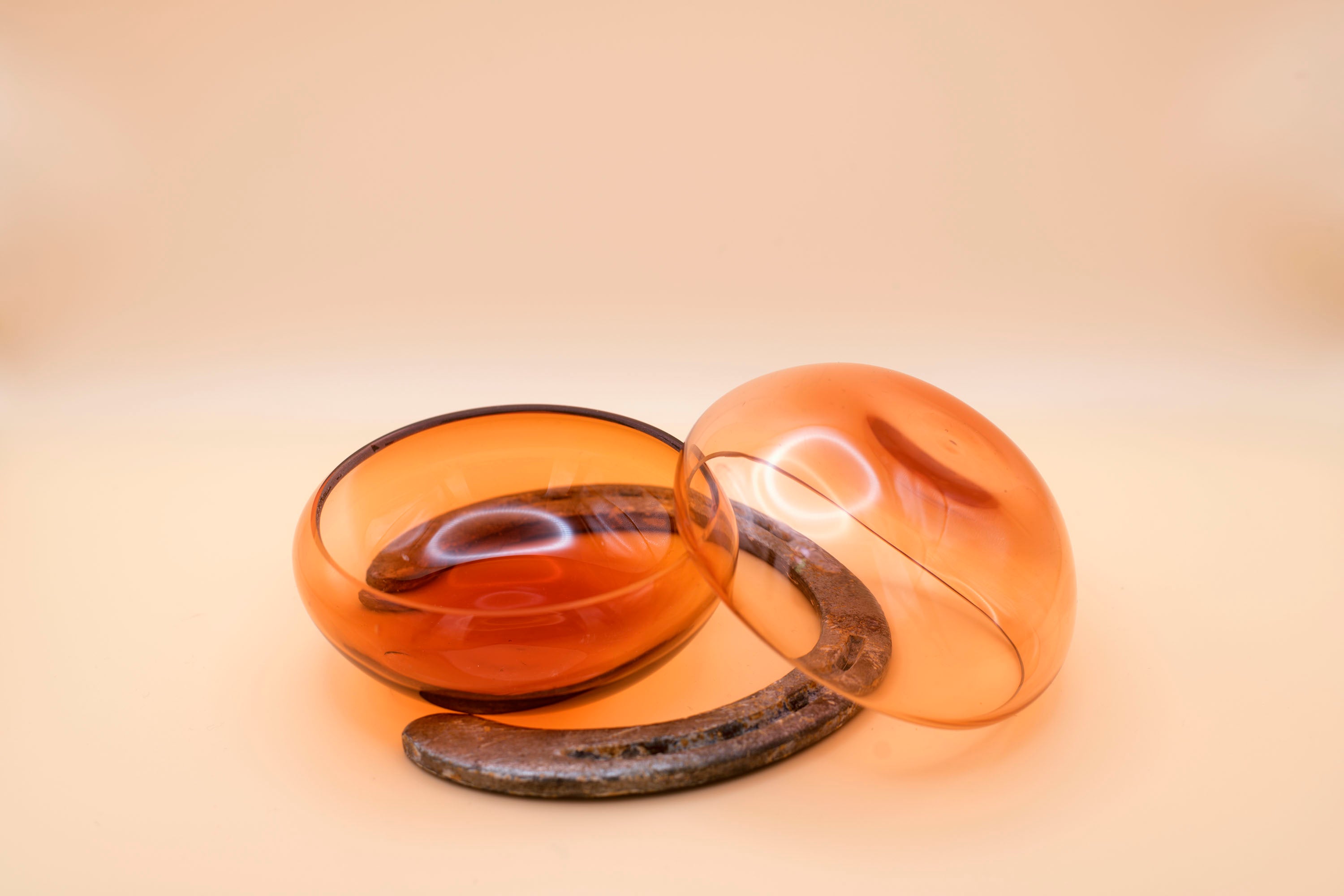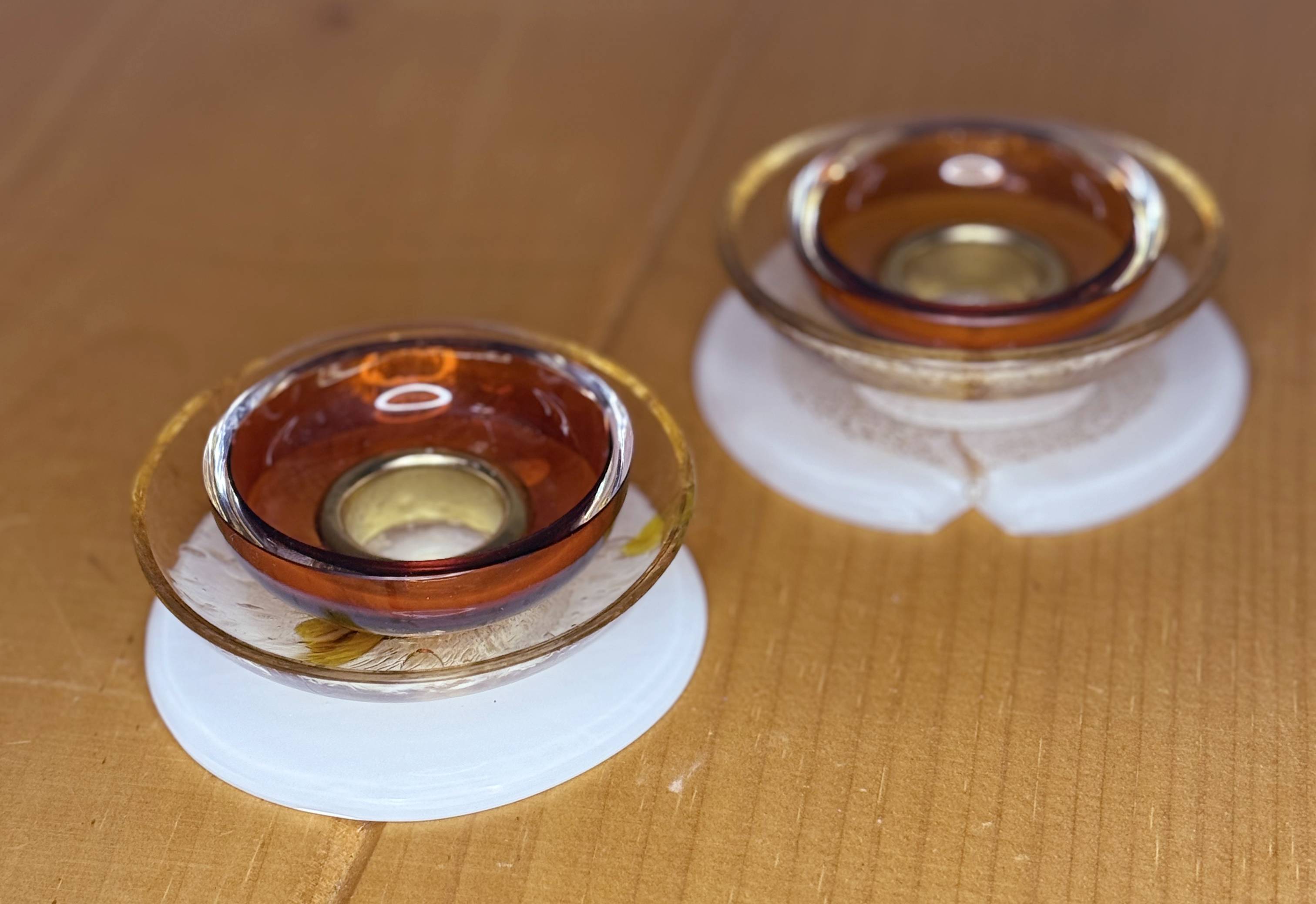Have you ever wondered about the fascinating history of glass bottles? In this article, we will delve into the world of glass girl facts, exploring the various shapes of bottles and their significance throughout human history. There is a rich history and a variety of shapes that have served different purposes throughout human civilization.
Evolution of Bottle Shapes
Glass bottles have evolved over the centuries, taking on different shapes and sizes based on their intended use. From the classic cylindrical shape to the more intricate designs of modern perfume bottles, each shape serves a specific purpose.
Glass bottles come in various shapes and sizes, each designed for specific functions. From the classic cylindrical shape to the elegant amphora, each bottle has a unique purpose. For example, the bulbous shape of a demijohn bottle was ideal for storing liquids like wine or olive oil, while the long neck of a genie bottle was designed for decorative purposes.

A Demijohn bottle, Glass Wine bottle from France, 1950s
What Were Bottles Used for Throughout History?
Throughout history, glass bottles have been used for a wide range of purposes. In ancient times, bottles were primarily used for storing precious liquids such as perfumes, oils, and medicines. The Romans, known for their advanced glassmaking techniques, created intricate bottles for storing wine and other beverages.
During the Middle Ages, glass bottles became more common as the glassmaking industry flourished. Bottles were used for storing spices, herbs, and even holy water. In the 18th and 19th centuries, the Industrial Revolution led to mass production of glass bottles, making them more accessible to the general population.
How Have Bottle Shapes Evolved Over Time?
Over the centuries, bottle shapes have evolved to meet the changing needs of society. From the simple earthenware bottles of ancient times to the sleek, modern designs of today, bottles have undergone a transformation. The invention of the glassblowing technique in the 1st century BC revolutionized the way bottles were made, allowing for more intricate shapes and designs.
Today, glass bottles come in a wide range of shapes and sizes, catering to various industries such as food and beverage, pharmaceuticals, and cosmetics. Whether it's the iconic Coca-Cola bottle or the elegant perfume bottle, each shape tells a story of innovation and craftsmanship.
Ancient Amphorae
One of the earliest forms of glass bottles can be traced back to ancient civilizations, where amphorae were used to store and transport liquids such as wine and olive oil. These elongated, narrow-necked bottles were designed for easy pouring and storage.

Amphoras from Ancient Greece
Medieval Potion Bottles
During the medieval period, glass bottles took on a more mystical role as potion bottles. These small, round bottles with cork stoppers were used by alchemists and apothecaries to store their concoctions and remedies.

Medieval Glass Bottles
Victorian Perfume Bottles
In the Victorian era, glass bottles became a symbol of luxury and sophistication, especially in the form of perfume bottles. These ornate bottles often featured intricate designs and embellishments, showcasing the artistry of the glassblower.

Modern Versatility
Some of the most used bottles in contemporary times don't come from a studio or from an artisans hands, they come from major industrial plants. Many of the glass bottles we interact with carry wines & spirits, perfume, food, and other commercially offered products. Many of the worlds bottles are made through a fully automated system that blows the glass into the molds perfectly every time. It is a fascinating process that allows for glass to maintain an affordability and reliability for the safe handling of food and other products we come into contact with.
Conclusion
In conclusion, glass bottles have played a significant role in human history, serving as vessels for storing precious liquids and showcasing the artistry of glassmakers. By understanding the different bottle shapes and their historical significance, we can appreciate the craftsmanship and ingenuity that goes into creating these timeless objects.









